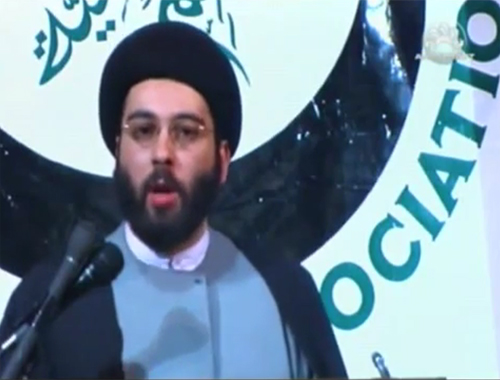4. Examples in History
- Details
- Hits: 2226
4. Examples in History
We also find many examples in the lives of the Holy Prophet and his Ahlu 'l-bayt which prove that they had lived separately from their extended family-members.
There was a famine in Mecca in 35 `Ä€mul Fil (i.e., 35 years after the birth of the Prophet). Abu Talib, the Prophet's uncle, had many children and his means of livelihood were limited at that time. The Holy Prophet, who himself had been raised by Abu Talib, felt that his uncle was facing financial difficulties. He, therefore, suggested to his other uncle `Abbas (who was wealthy at that time) to help Abu Talib. `Abbas went with the Prophet to Abu Talib. After some discussion, they decided to share the expenses of Abu Talib's sons: ‘Ali should live with the Prophet, Ja`far with `Abbas, and `Aqil was to remain with Abu Talib.
This shows that the house of the Prophet was separate from that of Abu Talib. This was so, in spite of the close relationship between Abu Talib and Prophet Muhammad. This event also gives an example of silatu 'r-rahm.
During the last Ramadhan of his life, Imam ‘Ali used to break his fast one day at the house of Imam Hasan, next day at the house of Imam Husayn, and the third day at the house of his son-in-law, `Abdullah bin Ja`far. This shows two things: our Imams had separate houses with their own family but, at the same time, they fulfilled the duty of silatu 'r-rahm.
These two examples are sufficient to guide Muslims in their daily life. If any Muslim ventures to deviate from this straight path, he will no longer remain on the path of Islam. It is only by following this Islamic code that mankind can obtain peace of mind in this life and everlasting happiness in the life hereafter.
* * *
This lesson is entirely based on ‘Allamah Sayyid Saeed Akhtar Rizvi’s
The Family Life of Isam (Revised Edition, 1980) with slight modification for this course.











